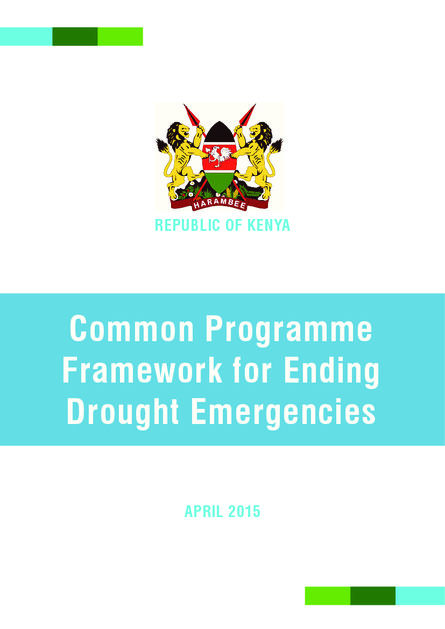
The 2010-11 crisis in the Horn of Africa proved to be a turning point in drought management. It generated a commitment from governments and their partners not just to improve their future response once drought arises but to address the challenge of growing vulnerability. This emphasis on the structural causes of drought emergencies is the principal point of departure from previous drought management efforts in Kenya.
In terms of both rainfall and the distribution of damages and losses, the drought of 2010-11 was less severe than that of 2009.2 However, it brought into sharp relief the chronic vulnerability of people in Kenya’s arid and semi-arid lands (ASALs), particularly when exposed to multiple and simultaneous shocks (in this case drought, inflation and conflict), and the weaknesses of the institutions tasked with protecting them.
The 2010-11 crisis in the Horn of Africa proved to be a turning point in drought management. It generated a commitment from governments and their partners not just to improve their future response once drought arises but to address the challenge of growing vulnerability. This emphasis on the structural causes of drought emergencies is the principal point of departure from previous drought management efforts in Kenya. In terms of both rainfall and the distribution of damages and losses, the drought of 2010-11 was less severe than that of 2009.2 However, it brought into sharp relief the chronic vulnerability of people in Kenya’s arid and semi-arid lands (ASALs), particularly when exposed to multiple and simultaneous shocks (in this case drought, inflation and conflict), and the weaknesses of the institutions tasked with protecting them.